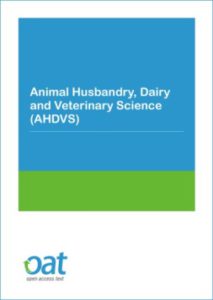Mycoplasma agalactiae: The Sole Cause of Classical Contagious Agalactia?
A recent commentary by Migliore at al. (2021) recommends that contagious agalactia (CA) should only be diagnosed and confirmed when M. agalactiae is detected either by isolation or molecular methods. The other three mycoplasmas classically associated with CA (M. mycoides subsp. capri, M. capricolum subsp. capricolum and M. putrefaciens) should removed from the OIE Manual of Diagnostic Tests and Vaccines in Terrestrial Animals and associated sources.
Summary
For over thirty years, contagious agalactia has been recognized as a mycoplasma disease affecting small ruminants caused by four different pathogens: Mycoplasma agalactiae, Mycoplasma mycoides subsp. capri, Mycoplasma capricolum subsp. capricolum and Mycoplasma putrefaciens which were previously thought to produce clinically similar diseases. Today, with major advances in diagnosis enabling the rapid identification by molecular methods of causative mycoplasmas from infected flocks, it is time to revisit this issue. In this paper, we discuss and argue the reasons to support Mycoplasma agalactiae infection as the sole cause of contagious agalactia.
Migliore S, Puleio R, Nicholas RAJ, Loria GR. Mycoplasma agalactiae: The Sole Cause of Classical Contagious Agalactia? Animals. 2021; 11(6):1782. https://doi.org/10.3390/ani11061782

 MDPI
MDPI

 Some of the most important diseases of livestock are caused by mycoplasmas. The article by Nicholas et al., published in Animal Husbandry, Dairy and Veterinary Science provides a comprehensive overview of some of the important issues in animal mycoplasmology:
Some of the most important diseases of livestock are caused by mycoplasmas. The article by Nicholas et al., published in Animal Husbandry, Dairy and Veterinary Science provides a comprehensive overview of some of the important issues in animal mycoplasmology: